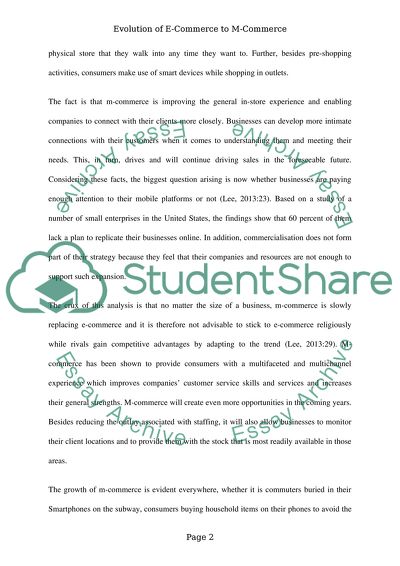Cite this document
(“Evolution of E-Commerce to M-Commerce Dissertation”, n.d.)
Evolution of E-Commerce to M-Commerce Dissertation. Retrieved from https://studentshare.org/e-commerce/1666795-evolution-of-e-commerce-to-m-commerce
Evolution of E-Commerce to M-Commerce Dissertation. Retrieved from https://studentshare.org/e-commerce/1666795-evolution-of-e-commerce-to-m-commerce
(Evolution of E-Commerce to M-Commerce Dissertation)
Evolution of E-Commerce to M-Commerce Dissertation. https://studentshare.org/e-commerce/1666795-evolution-of-e-commerce-to-m-commerce.
Evolution of E-Commerce to M-Commerce Dissertation. https://studentshare.org/e-commerce/1666795-evolution-of-e-commerce-to-m-commerce.
“Evolution of E-Commerce to M-Commerce Dissertation”, n.d. https://studentshare.org/e-commerce/1666795-evolution-of-e-commerce-to-m-commerce.


